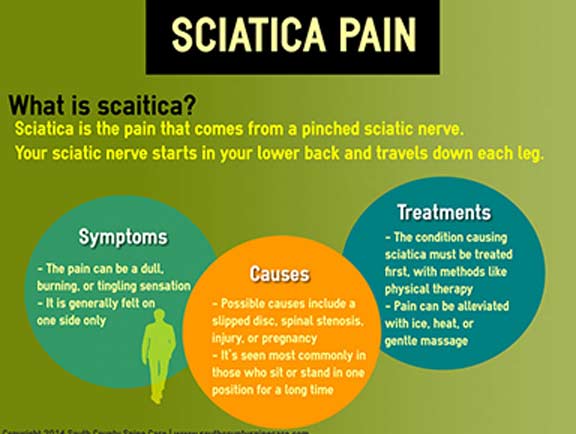Constant Activities That Contribute To Neck And Back Pain And Ways To Prevent Them
Constant Activities That Contribute To Neck And Back Pain And Ways To Prevent Them
Blog Article
Write- learn the facts here now -Love Vogel
Keeping proper position and staying clear of usual risks in daily activities can substantially impact your back health. From just how you sit at your desk to how you lift heavy things, small adjustments can make a big distinction. Envision upper back pain doctor nyc without the nagging neck and back pain that prevents your every step; the solution could be simpler than you assume. By making a couple of tweaks to your day-to-day behaviors, you could be on your way to a pain-free presence.
Poor Posture and Sedentary Way Of Life
Poor posture and a sedentary way of life are two major factors to neck and back pain. When you slouch or suspicion over while resting or standing, you put unnecessary pressure on your back muscular tissues and spine. This can bring about muscle discrepancies, stress, and at some point, persistent back pain. In addition, sitting for extended periods without breaks or exercise can weaken your back muscles and result in rigidity and discomfort.
To fight bad stance, make a mindful initiative to sit and stand up straight with your shoulders back and straightened with your ears. Keep in mind to keep your feet level on the ground and avoid crossing your legs for prolonged durations.
Integrating routine extending and reinforcing exercises right into your daily routine can additionally assist boost your pose and ease back pain associated with a less active way of living.
Incorrect Training Techniques
Incorrect lifting techniques can dramatically add to pain in the back and injuries. When you lift heavy objects, bear in mind to bend your knees and use your legs to lift, instead of relying on your back muscles. Prevent twisting your body while lifting and keep the item near your body to reduce pressure on your back. It's critical to preserve a straight back and stay clear of rounding your shoulders while raising to prevent unneeded stress on your back.
Constantly assess the weight of the things before raising it. If it's also heavy, request help or use equipment like a dolly or cart to transfer it securely.
Bear in mind to take breaks during raising tasks to give your back muscles an opportunity to rest and avoid overexertion. By carrying out correct lifting methods, you can prevent pain in the back and minimize the danger of injuries, ensuring your back stays healthy and balanced and strong for the long-term.
Absence of Routine Exercise and Extending
A less active lifestyle devoid of normal workout and extending can considerably contribute to neck and back pain and pain. When you do not participate in exercise, your muscles become weak and inflexible, bring about inadequate posture and raised stress on your back. Routine workout assists reinforce the muscle mass that sustain your back, boosting stability and decreasing the threat of neck and back pain. Incorporating extending right into your routine can also improve versatility, preventing tightness and discomfort in your back muscular tissues.
To prevent neck and back pain triggered by an absence of workout and extending, go for at least thirty minutes of moderate exercise most days of the week. Consist of exercises that target your core muscular tissues, as a solid core can aid minimize pressure on your back.
In addition, take breaks to extend and relocate throughout the day, particularly if you have a desk task. Simple stretches like touching your toes or doing shoulder rolls can aid alleviate tension and stop back pain. Prioritizing routine workout and stretching can go a long way in preserving a healthy back and minimizing discomfort.
Verdict
So, keep in mind to stay up right, lift with your legs, and stay energetic to stop pain in the back. By making easy modifications to your everyday behaviors, you can prevent the pain and constraints that feature pain in the back. Look after your spine and muscles by practicing good stance, proper training techniques, and regular exercise. Your back will certainly thank you for it!
